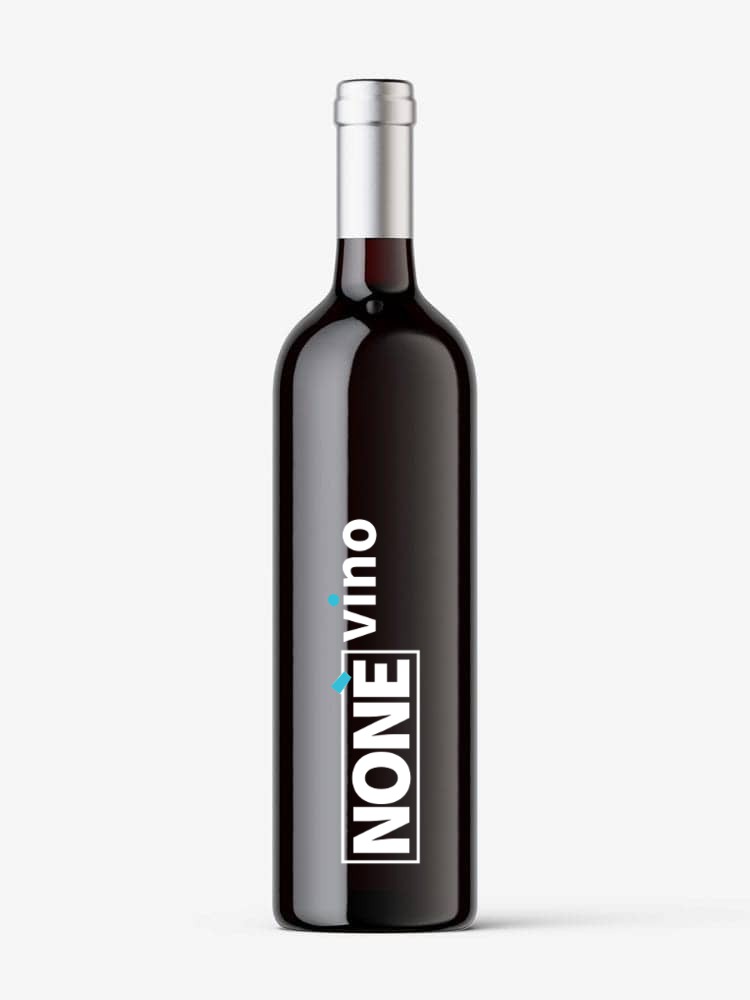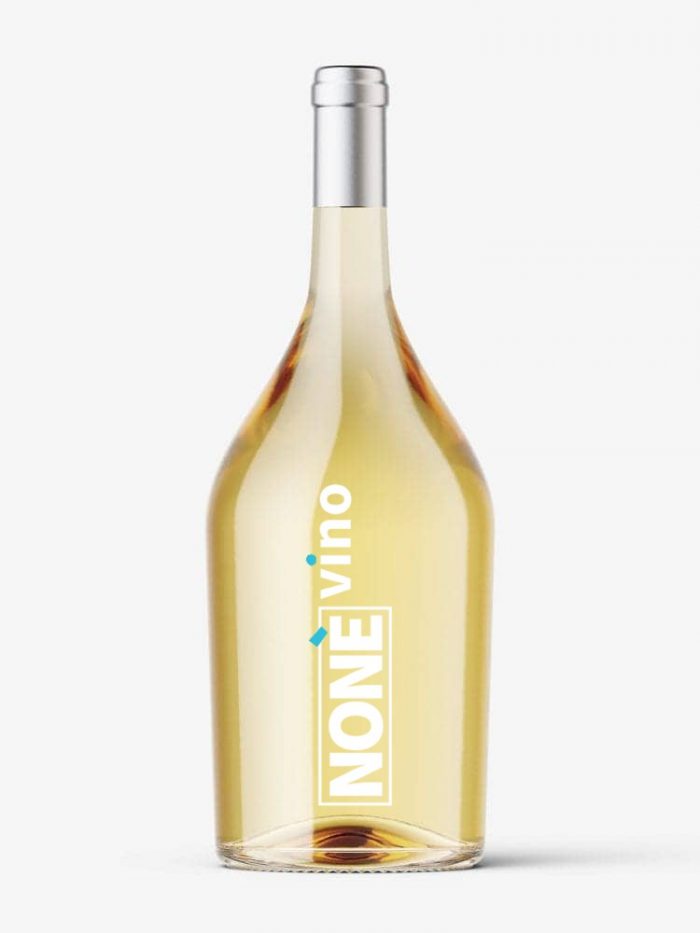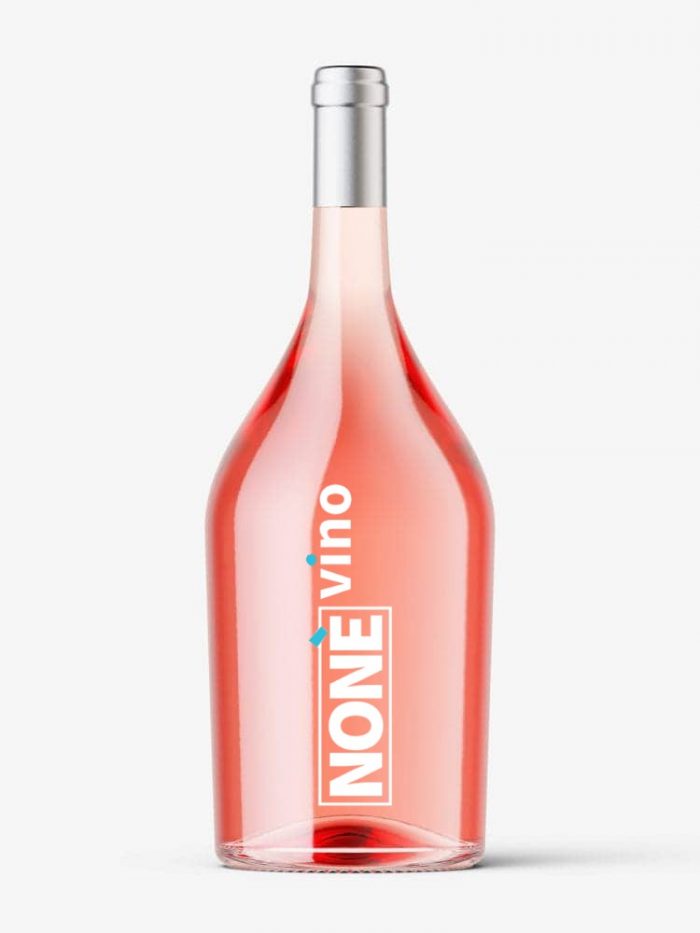The geographical area dedicated to the production of the DOCG Brunello di Montalcino wine extends over the Siena hills, in an area that is adequately ventilated, bright and favorable to the fulfillment of all the vegetative-productive functions of the vineyards.
The Production Area of the DOCG Brunello di Montalcino Wine is located in the province of Siena and includes the territory of the municipality of Montalcino.
During the vinification phases, only loyal and constant oenological practices of the area are allowed, suitable to give the wines their particular quality characteristics.
The oenological practices of vinification of the DOCG Brunello di Montalcino wine include, among other things, that:
– The maximum yield of grapes in DOCG Brunello di Montalcino wine must not exceed 68%; if these parameters are exceeded within the limit of 7%, the excess will not be entitled to the DOCG. Beyond these limits, the right to DOCG for the whole product lapses.
– The DOCG Brunello di Montalcino wine must undergo an aging period of at least two years in oak containers of any size.
– The DOCG Brunello di Montalcino wine cannot be released for consumption before 1 January of the following year at the end of five years calculated considering the vintage of the harvest.
– The DOCG Brunello di Montalcino wine can carry as a qualification the term ” Riserva ” if released for consumption after 1 January of the year following the end of six years , calculated considering the vintage of the harvest, without prejudice to the minimum of two years of aging in oak containers and six months in the bottle.
– Before being released for consumption, the DOCG Brunello di Montalcino wine must be aged in the bottle for at least four months and at least six months for the Riserva.
– In the designation of the Brunello di Montalcino DOCG wines, the term ” Vigna ” may be mentioned as long as it is followed by the relative toponym and certain winemaking practices are respected.
– On the labels of each type of DOCG Brunello di Montalcino wine it is mandatory to report the year of production of the grapes.
The vocation of the Montalcino area to produce high quality wines has been known for many centuries. Already in the Middle Ages, the municipal statutes regulated the date of the beginning of the harvest, while during the siege of 1553, wine was never lacking and Blaise de Montluc , in defense of the Montalcino walls, to conceal suffering “he roiled his face with the robust wine “.
According to the Bolognese Leandro Alberti (1550-1631), Montalcino is: “very much named for the good wines that are extracted from those pleasant hills.”. The grand-ducal auditor Bartolomeo Gherardini in his visit to Montalcino in 1676-1677 reports the production of 6050 tons of wine described as “strong wine, but not in large quantities”. Charles Thompson in 1744 says that “Montalcino is not very famous except for the goodness of its wines”.
The precursor father of the production of Brunello di Montalcino wine was certainly Clemente Santi . In 1869 one of his selected wines (Brunello) from the 1865 harvest was awarded a silver medal by the local Comitium.
In 1893 the Ministry of Agriculture awards a wine by Raffaello Padelletti and at the beginning of the 20th century Riccardo Paccagnini’s Brunello won many prestigious national (Franco Italiana Exhibition in Rome in 1910) and international (grand prix for Brunello 1894) awards. and medal d’or for one of 1899).
The Professor Martini of Conegliano Veneto School of Viticulture and Enology, in 1885, at a conference on “The richness future of the province of Siena”, highlights that the Senese “is now known on all domestic wine markets, and also the main foreign , for various types of wine including Brunello di Montalcino ”.
The vicissitudes of the early twentieth century led to a decline in wine production and very few producers kept Montalcino production alive between the two wars. Brunello di Montalcino was presented by some companies at the Exhibition of Typical Sienese Wines held in Siena in 1932, 1933 and 1935.
After the Second World War people began to think about wine production again and some had the foresight to project themselves into the future, agreeing on the production rules of Brunello di Montalcino.
The Brunello di Montalcino DOCG wine obtained the DOC recognition on March 28, 1966 and in the DOCG on July 1, 1980.








